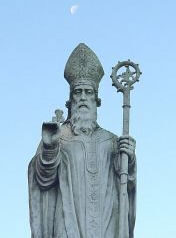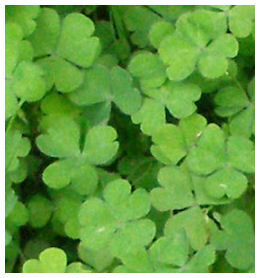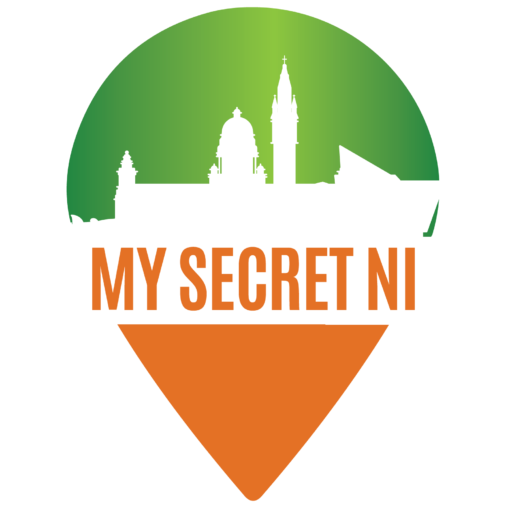
Saint Patrick
Patrick is the patron saint of Ireland. His work was instrumental in establishing Christianity on the island and therefore he is highly esteemed by both Catholics and Protestants.
The respect for him was such that sometimes it is difficult to determine how much of the information we have about him is real history and how much is part of the legend.
The Biography of Saint Patrick
Patrick was born in England or Scotland (probably at or just north of Carlisle) around AD 387. According to tradition his parents were Calpurnius and Conchessa. The parent’s names suggest that they were Romans.
His grandfather had been a priest and his father a deacon, though some suggest that his father was not very religious and had only become a deacon for the tax benefits it afforded.
Patrick’s name at birth was Maewyn Succat. He took the name Patrick when he later joined the clergy. At 16 he was captured by marauding Irish raiders and taken to Ireland where he worked as a shepherd for six years for an Irish chieftain near Antrim. According to his own words, his faith grew while in captivity.
Later history of Saint Patrick
Eventually Patrick escaped on the basis of a dream and returned to Britain. He became a priest and went to study in France. His studies took about fifteen years.
Saint Patrick in Ireland
Patrick returned to Ireland in AD 432. It appears that there was a small number of Christians on the island at the time but Patrick set out to Christianize the whole island.
The boat carrying him was swept by strong currents and he landed just south of Strangford Lough in county Down. The local chief was called Dichu and he became a Christian, Patrick’s first convert on the island.
First Church in Saul
The chief gave him a barn to hold meetings and the first church was established. The place took the name Saul (in Gaelic “barn” is “sabhall”, pronounced “saul”), just outside Downpatrick in county Down. Today there is a little village there and a replica of the church that stood there for centuries.
Ireland Converted
From the village of Saul Patrick moved to other parts. His missionary efforts targeted chieftains and leaders of the Irish tribes and within the nearly 30 years he spent in Ireland he was able to change the country from a primarily pagan land to a Christian one.

Legend of Saint Patrick
Around his exceptional life a number of legends were weaved over the centuries.
Snakes
The best known is that Patrick banished all snakes from Ireland. The likelihood is that Ireland didn’t have snakes even when Patrick arrived. In religious imagery Satan is at times portrayed as a snake based on the Creation story in the Bible. So, to banish the snakes was probably a metaphor for banishing evil by converting the Irish to Christianity.
Shamrock and Trinity
Another story that might be true is that when asked to explain the mystery of the Trinity, Patrick picked a shamrock. He then proceeded to explain that though there are three persons in the Trinity, they are all one just like the shamrock has three leaves yet it is one tiny plant. The shamrock is not a national symbol for the Republic of Ireland.
Patrick the Non-Conformist
Though Patrick is a patron saint of Ireland, historical research indicates that Patrick’s faith was in many ways at variance with mainline Christianity at the time. He held divergent views on liturgy and worship, on church hierarchy and Christian standards and lived with a strong expectation in the soon return of Jesus. You can read more about Patrick’s faith on the section on Celtic Christianity. (coming soon!)
Death and Burial
Patrick died in AD 461 in Saul, the little village where his work in Ireland began. He was buried in Downpatrick, a town that bears his name. His tomb is unassuming and plain, a large rock just outside the cathedral that unless you know it is there you will miss it. On the rock his name is inscribed.
The people of Downpatrick recognize the importance Patrick played in Irish history and have built a Saint Patrick Center with exhibits and information related to him. When in Downpatrick, also take time to see the Cathedral, the museum and also the Railway Museum.
Return from Saint Patrick to Northern Ireland Tourism Homepage



